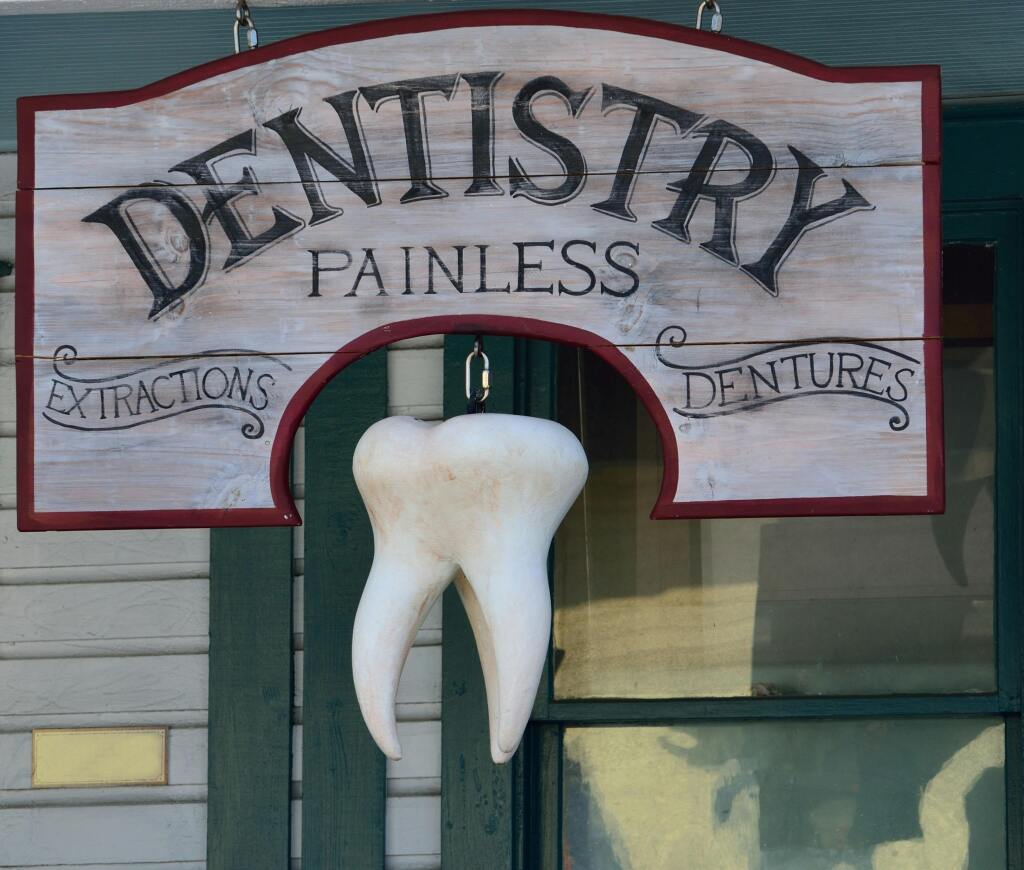Tooth extraction—removing a tooth from its socket—may seem routine today, but its history is far from painless.
Centuries ago, dental care was brutal, unsanitary, and often deadly.
This dark history reveals how humanity’s quest to end tooth pain led to some of the most gruesome, unscientific, and superstitious practices in medicine.
Let’s take a journey into the grisly past of tooth extraction—a story of agony, innovation, and transformation.
⚔️ Ancient Practices: The Birth of Tooth Removal
Tooth pain has plagued humans for thousands of years. In ancient civilizations, when a tooth ached, the solution was often simple: rip it out.
- Egypt (3000 BCE): Papyrus scrolls describe treating dental abscesses but offer little on pain relief.
- China & India: Herbal remedies and acupuncture were used, but extractions were still common.
- Greece & Rome: Hippocrates and Galen advised using forceps or even fingers to extract infected teeth—no anesthesia included.
The pain was not a concern—just removal.
🩸 Middle Ages: The Era of the Barber Surgeon
In medieval Europe, tooth extractions became the responsibility of barber surgeons—yes, the same people who cut hair.
- They performed extractions in town squares, often using pliers or tongs.
- No sterilization, no painkillers—just brute force.
- Bloodletting was often combined with extractions as a way to “balance the humors.”
- Teeth were sometimes pulled without even confirming if they were the source of pain.
Barber poles—still seen today—symbolize their bloody past: red for blood, white for bandages.
⛓️ The 17th–18th Century: Quackery and Cruel Tools
As dentistry evolved slightly, so did the instruments—and the horrors.
- The “Pelican” and the “Key”: Devices designed to yank teeth sideways, often snapping the tooth (or jaw) in the process.
- False experts traveled from town to town offering instant pain relief—for a price.
- Many used opium, alcohol, or even hypnosis to dull the agony.
- Extractions were performed in public, more spectacle than science.
It was still common to extract multiple teeth unnecessarily to “cure” headaches, epilepsy, or even mental illness.
🦠 The Risks Were High—And Often Fatal
Before modern hygiene:
- Tools were never sterilized.
- Extractions often led to sepsis (blood infection).
- There were no antibiotics.
- Pain could lead to shock or death, especially in children or the elderly.
Some even believed dental infections were signs of demonic possession.
🧪 19th Century: The Dawn of Scientific Dentistry
Finally, dentistry began separating from general medicine—and from barbers.
- Anesthesia revolutionized extractions.
- In 1846, ether was first used.
- By 1900s, novocaine made procedures almost painless.
- In 1846, ether was first used.
- X-rays and dental charts helped identify the real problem tooth.
- Hygiene standards improved.
- Dental schools formalized the profession.
Still, many rural and underserved areas continued to rely on “tooth pullers” well into the 20th century.
🏥 Modern Extractions: Safe, Sterile, and Strategic
Today, extractions are:
- Performed with precision tools
- Assisted by digital imaging and local anesthesia
- Often followed by restorative care (implants, bridges, dentures)
- Backed by antibiotics and aftercare instructions
Pain and trauma have been reduced to a minimum, and dentists aim to preserve teeth whenever possible.
👻 Why the Fear of the Dentist Still Lingers
Dental anxiety is real—and its roots often lie in this painful past.
- Stories of screaming patients, unrelenting pain, and bloody tools passed through generations.
- Pop culture (think “Little Shop of Horrors”) reinforces the horror.
Even though today’s procedures are painless, the emotional memory of dental trauma runs deep.
🦷 FAQs: The History of Tooth Extraction
1. When did people first start pulling teeth?
As early as 3000 BCE. Ancient texts and skulls show signs of manual extractions.
2. Who were barber surgeons?
Medieval multitaskers who cut hair, bled patients, pulled teeth, and performed surgeries—with no formal medical training.
3. Were teeth pulled for non-dental reasons?
Yes! Some believed tooth removal could cure fevers, headaches, or mental illness.
4. What was the dental “key”?
A cruel tool that gripped the tooth and twisted it out—often breaking jaws in the process.
5. When did anesthesia change dentistry?
Mid-19th century, starting with ether and chloroform. It revolutionized pain management.
🧠 Final Thoughts
The history of tooth extraction is a vivid reminder of how far modern dentistry has come.
From barbaric street-side Yanks to sterile, strategic care, we now live in an era where pain-free dental work is the norm, not the exception.
Next time you’re in a dental chair, remember: it could be worse. Much worse. 😬
















